Given the changes to our daily lives – churches closed, services on-line, working remotely – it’s hard not to use an expletive when thinking about the current White House occupant. He could have prevented much of this by paying attention to contingency plans prepared by his predecessor and to warnings by his own scientific staff.
But he didn’t, so we suffer. It is becoming apparent, however, that some of “we” are suffering more than others. Some recent examples:
• The Office of Federal Contract Compliance has issued a blanket exemption that waives all affirmative action obligations on supply, service, and construction contracts involved with coronavirus relief. This will have a damaging effect on Black businesses and Black jobs that could have flowed from the $2 trillion stimulus program recently enacted by Congress.
• The EPA has rolled back Obama-era vehicle emission standards, thereby raising limits on exhaust emissions for years to come, and gutting one of the nation’s biggest efforts against climate change.
• The Department of Agriculture is imposing draconian changes to the Food Stamp program that require greater evidence of a recipient’s employment search in order to continue in this lifesaving program.
These attacks, falling largely on African Americans, are deserving of far greater attention and analysis. But they won’t get it, because just now the coronavirus pandemic is posing the ultimate threat: a deadly offer that Black Americans cannot refuse…or ignore.
African Americans And Coronavirus
Ibram Kendi, writing for The Atlantic, asks why we don’t know who those stricken by the coronavirus actually are. There is little publicly available data about the racial makeup of those Americans who have been tested, those who have tested positively, those who have been hospitalized, those who have recovered, or those who have died.
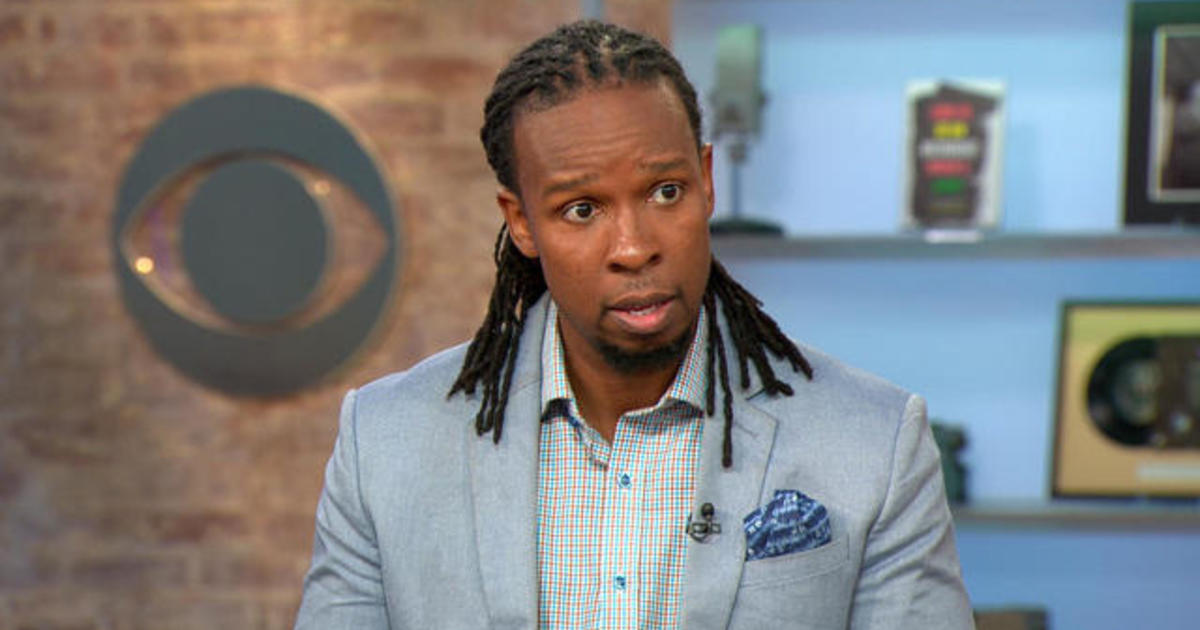
This information is hiding in plain sight, but the Centers for Disease Control and Prevention, the John Hopkins University data base, even the New York Times, along with state, city and private labs, are not releasing a racial breakdown.
One of the exceptions is the Illinois Department of Public Health, which found a pandemic within the pandemic. African Americans are significantly overrepresented in the infection rate for Illinois, while whites and Latinos are substantially underrepresented as of April 8.
Black people make up 14.6 percent of the state’s population, yet 28 percent of confirmed cases of COVID-19. Whites comprise 76.9 percent of the Illinois population, yet only 39 percent of confirmed cases. Latinos 17.4 percent, but just seven percent of cases.
To withhold this racial information is crazy. You can’t win the battle if you don’t know where to apply your resources. If the virus is disproportionately infecting and killing Black people, then what we have here is yet another manifestation of another, more familiar, pandemic – the age-old plague of racism.
Yet there appears to be little interest in this possibility among whites in media or in politics. Some may fear that if racial data on COVID-19 shows the virus is mainly harming Black people, white people would stop caring. Possible. Yet whichever race is the most infected, the entire population is surely affected.
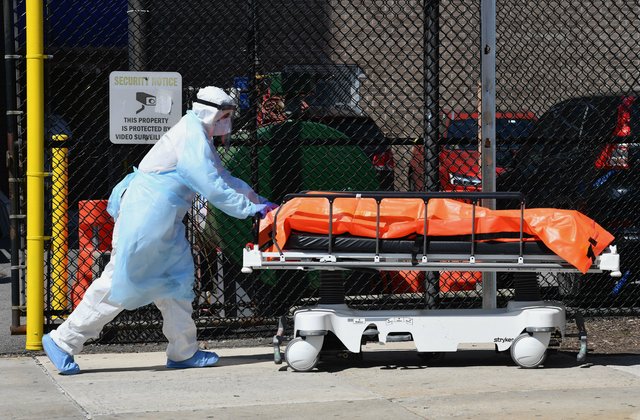
As of this writing more than 4,000 coronavirus patients have died during outbreaks in Chicago, Detroit, Milwaukee, New Orleans and New York. Guess where Blacks tend to live?
Kendi concludes: “Without racial data we could end up stranded in Trump’s America years after the worst pandemic in American history, flooded out of truth, justice and fairness; homeless like the Black Mississippians in the 1927 river upheaval.”
Peter Wehner nails it in the Atlantic article “The President is Trapped.” Referring to the Covid19 pandemic, Wehner writes, “A former White House adviser who has worked on past pandemics told me, ‘This fool will bring the death of thousands needlessly. We have mobilized as a country to shut things down for a time, despite the difficulty. We can work our way back to a semblance of normality if we hold out and let the health system make it through the worst of it.’
“He added, ‘But now our own president is undoing all that work and preaching recklessness. Rather than lead us in taking on a difficult challenge, he is dragging us toward failure and suffering. Beyond belief.'”

There’s something distinct about this moment compared to every other moment in the Trump presidency, that proves to be utterly disorienting and unsettling for the president. Hush money payments won’t make COVID-19 go away. He cannot DISTRACT people from the global pandemic. He can’t because the next news cycle will also be about the pandemic. He can’t easily create another narrative, because he is often sharing the stage with scientists who will not lie on his behalf.
An “Urban” Problem
As of March 27, the Wisconsin Department of Health Services reported that about half of the state’s COVID-19 deaths and half its total cases were in Milwaukee, a city of 600,000 residents that is more than 1/3 Black. As of then, all eight people who died from the virus in Milwaukee County were Black and seven lived in the city.
ProPublica’s Akilah Johnson and Talia Buford reported on April 3 under the headline: “Early Data Shows African Americans Have Contracted and Died of Coronavirus at an Alarming Rate.”
Their reporting shows that the virus took root in Milwaukee’s Black community and erupted. When the shelter in place order came, there was natural pushback among those who recalled other painful government restrictions like segregation, mass incarceration, or when Black people were discouraged from gathering or walking together.
In Milwaukee, simply being Black means your life expectancy is 14 years shorter on average than whites. As of this writing, African Americans made up almost half of Milwaukee County’s 945 cases and 81 percent of its 27 deaths, even though the population is only 26 percent Black.
The state of Michigan is 14 percent Black, yet African Americans have made up 35 percent of the cases and 40 percent of the deaths. Detroit, which is majority Black, has emerged as a hot spot with a high virus death toll. Likewise, New Orleans has 40 percent of Louisiana deaths and Orleans Parish is, of course, majority Black.
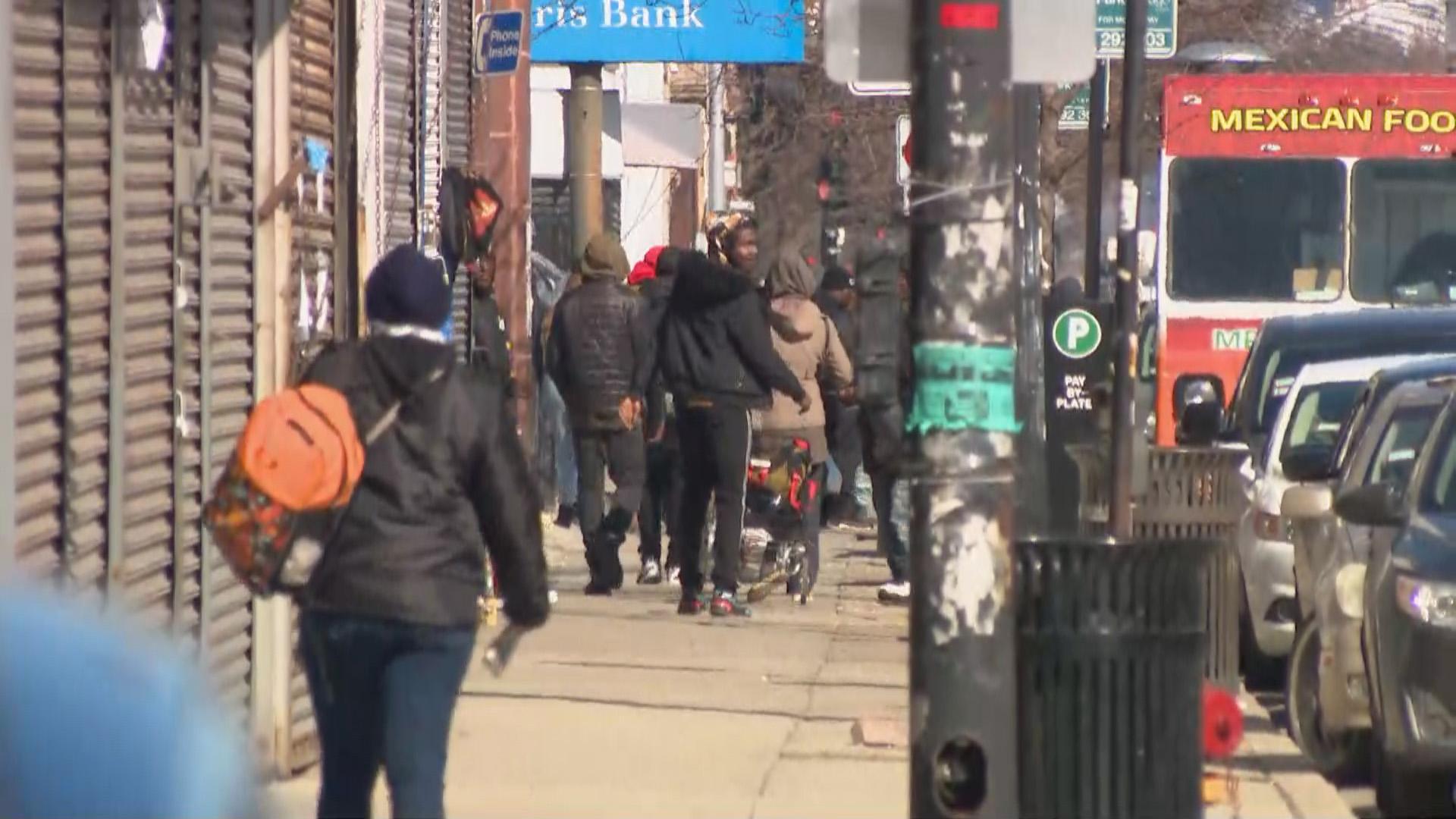
The Bigger Picture
Yet, the federal Centers for Disease Control, while releasing location and age data, has been silent on race. So, why is it likely that a disproportionate number of those who will die are Black?
The reasons are the same reasons that African Americans have disproportionately high rates of maternal deaths, low levels of access to medical care, and higher rates of asthma. COVID-19 is just illustrating anew the deep disinvestment in our communities, plus the historical injustice and impact of residential segregation.
“This is the time to name racism as the cause of all of these things. The overrepresentation of Black people in poverty and white people in wealth is not just a happenstance…it is because we’re not valued,” Dr. Camara Jones, an epidemiologist and visiting fellow at Harvard University, told ProPublica.
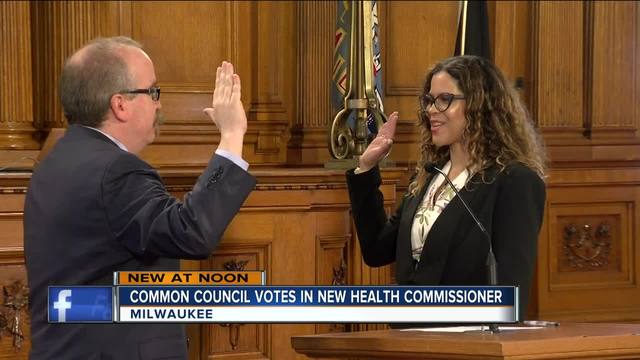
“We declared racism as a public health issue,” said Dr. Jeanette Kowalik, the city’s African-American health commissioner. “It frames not only how we do our work, but how transparent we are about how things are going. It impacts how we manage an outbreak.”
ProPublica reported that in early March, Wisconsin officials were aware of just one case. State officials considered it low. A month later, 19 people had died of illness related to COVID-19 in Milwaukee County. All but four were Black. Records show that at least 11 of the deceased, 8 had hypertension and 15 had a mixture of chronic health conditions that included heart and lung disease.
Black people in Milwaukee are less likely than whites to own homes, therefore putting Blacks who can’t pay rent at the mercy of landlords who can evict them during a job-killing economic crisis. Black people are more likely to be uninsured than their white counterparts.
In places like New York City, the virus’ epicenter, Black people are among the only ones still riding the subway. Gordon Francis Goodwin says, “This is a matter of taking a look at how our history kept people from being fully included.”
Fred Royal, NAACP leader, is hearing that people aren’t necessarily being hospitalized, but are being sent home to “self-medicate.” What is alarming about that is a number of those individuals were sent home with symptoms and died before the confirmation of tests came back.
A day later, the city’s second case was someone who contracted the virus while in Atlanta. Within a span of a week, Milwaukee went from having one case to nearly 40. Most of the sick people were middle-aged African American men.
In another week, the city had over 350 cases and by April 3, there were 945 cases countywide. The bulk live in the city of Milwaukee where the population is 39 percent Black. People of all ages have contacted the virus and one half appears to be African Americans.
“What Black folks are accustomed to in Milwaukee, and anywhere in the country, really, is pain not being acknowledged and constant inequities that happen in health care delivery,” added Dr. Kowalik.
She was born in the same neighborhood where fury and frustration sparked protests and riots in 2016 when police shot a 23-year-old Black man, Syville Smith. It’s the same neighborhood that has oversized rates of lead poisoning, infant mortality, and now COVID-19.
Despite the work being done in Milwaukee, Linda Sprague Martinez, a community health researcher at Boston University, worried to ProPublica that “government is not paying close enough attention to race and as the disease spreads, will do too little too late.”
When the COVID19 passes and we settle losses, she said, “its impact is going to be tied to our history and legacy of racial inequities. It’s going to be tied to the fact that we live in two very different worlds.”
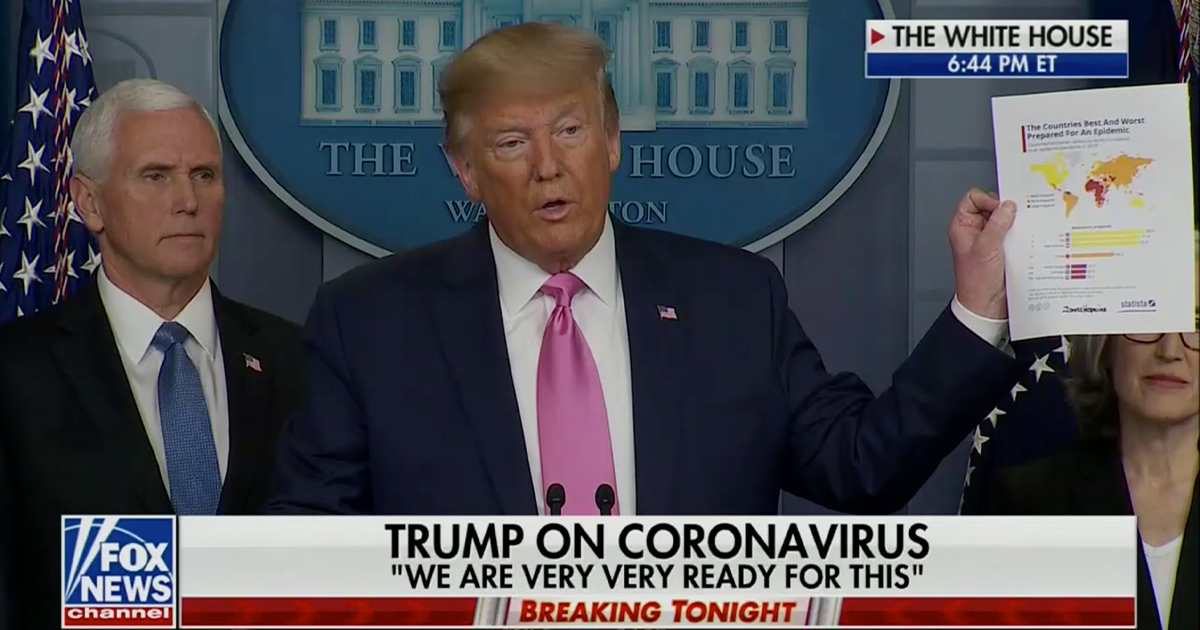
Lessons To Be Learned
So we’ve considered the current state of U.S. leadership, so critical during an attack on our economy and our very lives. Our national CEO is like a drunk driver on a Saturday night demanding to drive himself home from the Loop.
Adamant that he can do it, he declines a cab, or a ride with us, or our offer to pay for the parking and pick up the car tomorrow. In this case, the only option is to take away the car keys or call the police to escort the guy home. If you are a Black person and don’t know the police, the latter is not an option, however.
We’ve considered the high incidence of Black illness and death due to the coronavirus. It’s noted that the virus makes those with pre-existing health issues most vulnerable. A further examination points out how Milwaukee has an outsized number of Blacks with Covid-19, while little is public on this in other states and cities.
The elephant in the room is that the CDC does not provide race/ethnic information on cases, conditions, causes and conclusions. We know that African Americans ae vulnerable, but don’t know who and where they are.
Senator Elizabeth Warren and Representative Ayanna Pressley have sent a letter to Health and Human Services (HHS) Secretary Alex Azar calling out an apparent lack of information of racial data. Further, they urged HHS to monitor and address disparities in the national response to the coronavirus outbreak. Senator Kamala Harris, Illinois Representative Robin Kelly, and Senator Corey Booker have signed the letter in support.
As action items, we need to provide information to Rep. Robin Kelly and others in D.C. in support of educational, community health and medical professionals working to combat the silence on racial identification. We need to separate fact from fiction, to distinguish between medical remedy and racial harm in reaction to this latest attack on African Americans.
“We are all in this together,” the slogan goes, but as usual, some of us are a lot more “in” than others. So stay home…but stay focused.
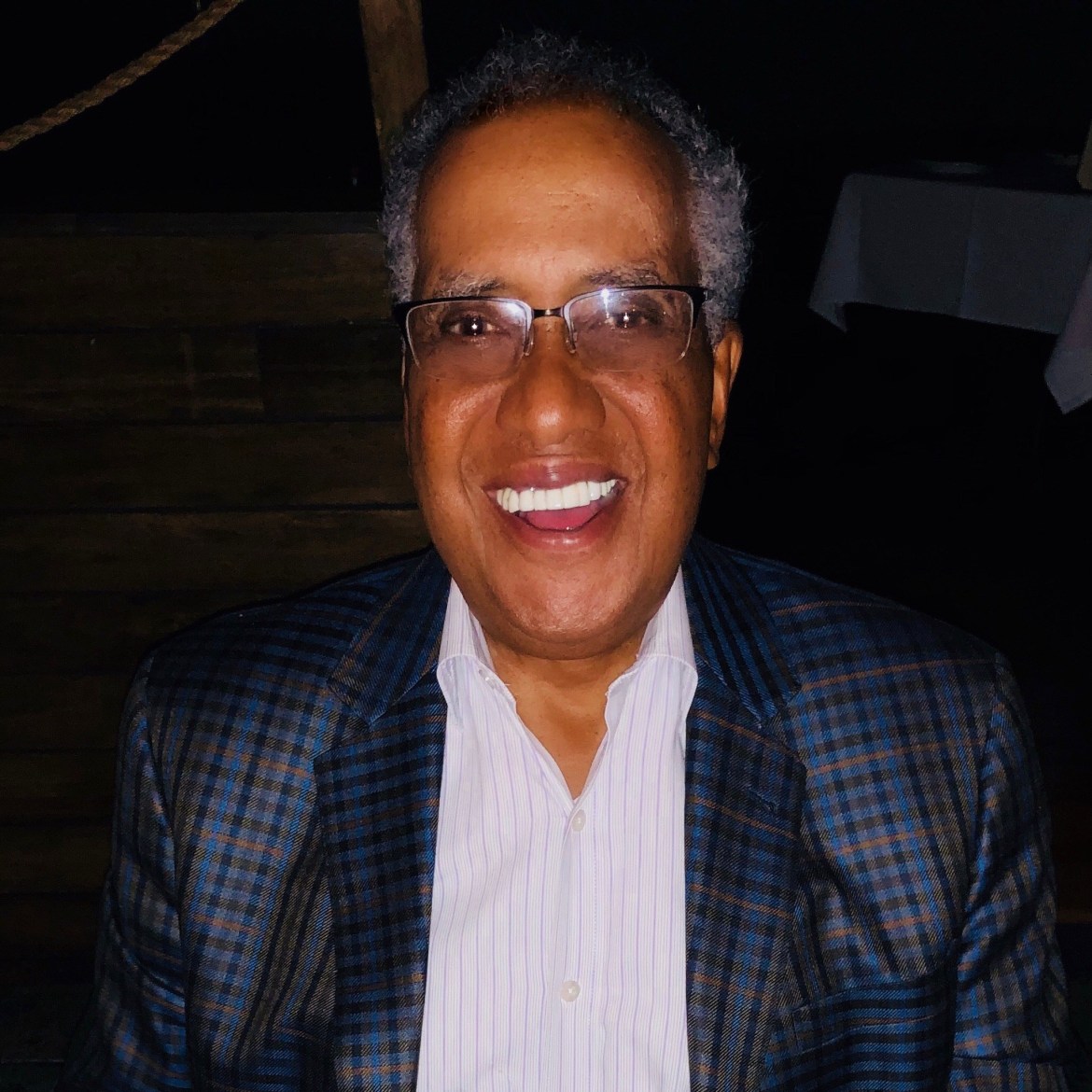
(Paul King is a construction consultant and member of Chicago’s Business Leadership Council.)


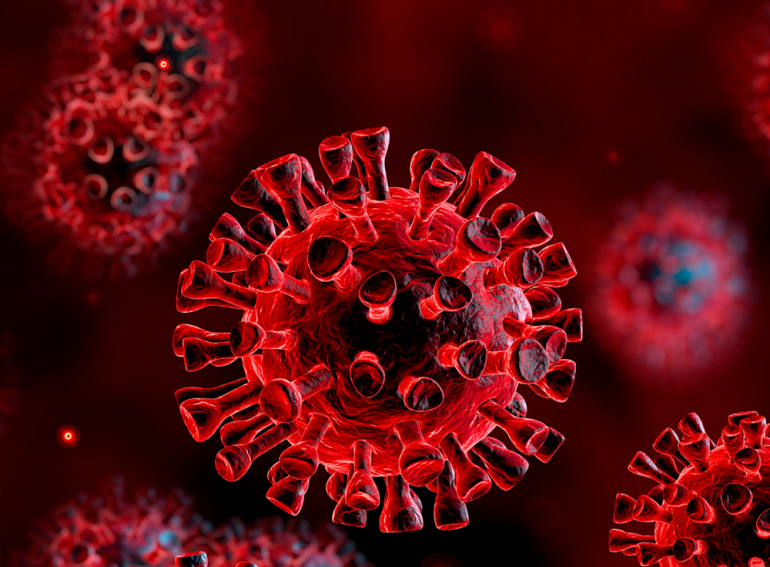

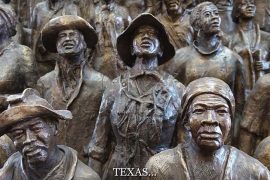

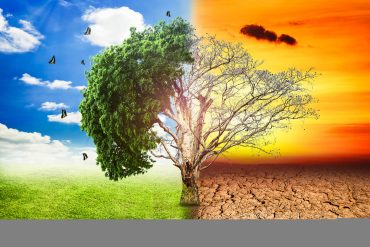
I relish, result in I discovered just what I was having a look for.
You have ended my 4 day lengthy hunt! God Bless you man. Have a nice day.
Bye